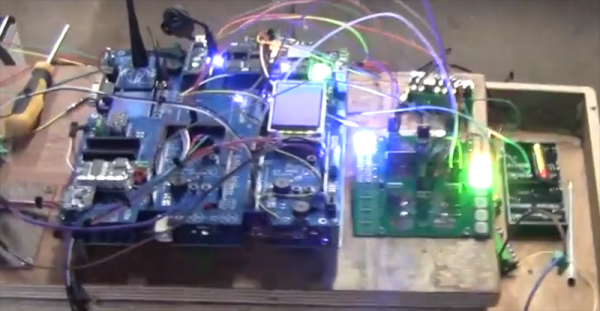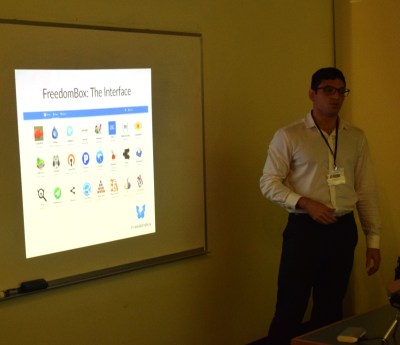If you haven’t been paying attention, live streaming has become a big business. Streamers are getting out of their basements and moving around among us. While IRL streams may not be our cup of tea, the technology behind creating a solid high upstream bandwidth wireless internet connection is. Sure you can stream with a phone, the top streamers want something a bit more reliable. Enter [Gunrun], who has designed a backpack just for mobile streaming.
The backpack starts with a Sony AS300 Camera. [Gunrun] likes this particular camera for its exceptional audio capabilities. Network connections are handled with no less than four LTE modems. You never know which carrier will have good service out in the field, so the modems are available from a variety of carriers.
The real problem is bonding connections between LTE modems from various carriers, setting up streaming accounts, and piping captured data from an HDMI capture over those accounts. The average hacker would go at it with an HDMI capture card and a Linux Laptop. Most streamers need a more plug and play solution though, so [Gunrun] uses a LiveU Solo HDMI video encoder for the task.
This isn’t a cheap solution, all those parts together along with a beefy battery, LTE data plans, and of course a backpack to hold it all makes for a package north of $2000. Even at this price, plenty of streamers have been following [Gunrun’s] instructions and building their own setup.
Hackers do a bit of live streaming too – check out how [cnlohr] reverse engineered the Vive, while valve engineers played along in the chat.



















